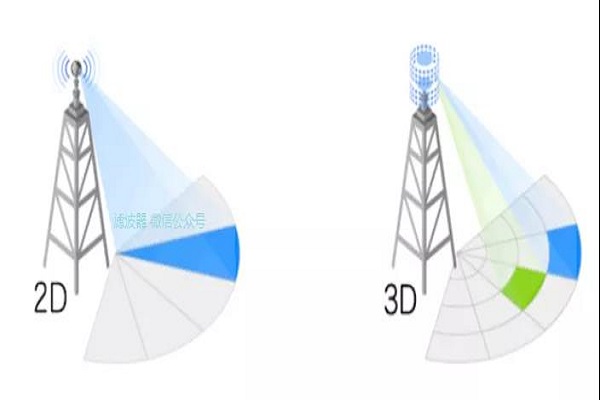
Service
Online Service
Contact Us

Massive MIMO, the full English name is: Massive Multiple Input Multiple Output. Because its English name is too long, it is simply called "Massive MIMO". Its Chinese name, which is translated from English, is called: large-scale multiple input multiple output. For convenience, they are directly called "Massive MIMO"
Origin: The initial idea of massive MIMO wireless communication was first proposed by Dr. Marzetta of Bell Labs in 2009. The massive MIMO we are talking about today is not a brand-new technology, it is an extension and extension of MIMO technology. [MIMO has been widely used in the 4G era] Unlike traditional 4G MIMO, which has up to 8 antenna channels, massive MIMO implements 16/32/64 channels in 5G.

In fact, massive MIMO is beamforming of a large number of antennas.[Explanation: Beamforming is a technology that adjusts the radiation pattern of the antenna array adaptively according to a specific scene] The little friend who may have read the explanation is still a bit in the cloud, so let’s go on to elaborate,Shape!
Beamforming: Through advanced antenna technology on mobile devices and network base stations, wireless signals can be concentrated in a specific direction instead of spreading to a wide area.Just like the difference between a flashlight and a laser pointer, the former can illuminate the people in the entire room, while the latter can continuously point or track a single user.

As the number of antennas in a MIMO system increases, beamforming becomes "3D beamforming."3D beamforming technology can generate user-oriented horizontal and vertical beams to increase the data transmission rate and capacity of all users, including those on the top of high-rise buildings.

With the feedback of the mobile terminal, the beam can find any point in the space.Therefore, regardless of whether the user is moving on the street or between different floors of a building, they can be connected to the network through a concentrated beam.In addition, the slender direct beam can also reduce interference between beams in different directions.

(1) More accurate 3D beamforming to improve the signal strength of the terminal.
Different beams have their own very small focus areas, and the user is always in the best signal area within the small area.
(2) Simultaneously serve more users on the same frequency and increase network capacity.
Since independent narrow beam coverage can be formed for different users in the coverage space, the antenna system can transmit data of different users at the same time, which can increase system throughput and network capacity by dozens of times.
(3) Effectively reduce the interference between cells
The antenna's beam is very narrow and can accurately provide coverage for users.It can greatly reduce the interference to the consular area.
(4) Better coverage of remote or near-end cells
The degree of freedom of the beam in the horizontal and vertical directions can bring flexibility and performance advantages in continuous coverage.
references:
[1] Li Dongru. Research on beam management of 5G multi-antenna system [D]. Beijing: Beijing University of Posts and Telecommunications, 2019.
[2] Lv Zhixuan. Application research of multi-beam base station antennas [D]. Guangzhou: South China University of Technology, 2018.
[3] ZTE Document. Mass MIMO Readme, 2019.
[4] ualcomm China. Demystifying 5G Massive MIMO, 2019.
Source: Chuanzhi Academy
Copyright 2020 Guangdong XingCiTest Technology Research Co., Ltd 粤ICP备20061947号
Friendship Links